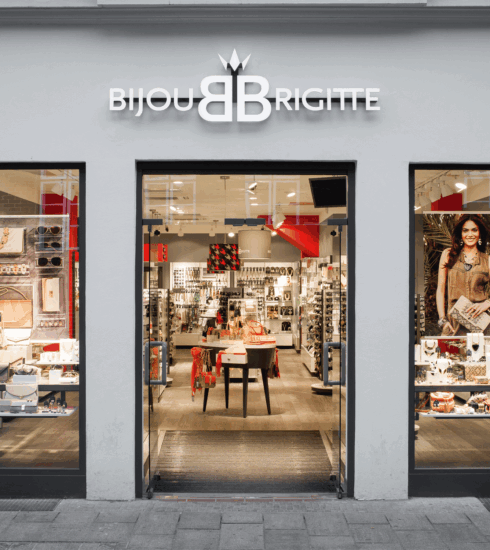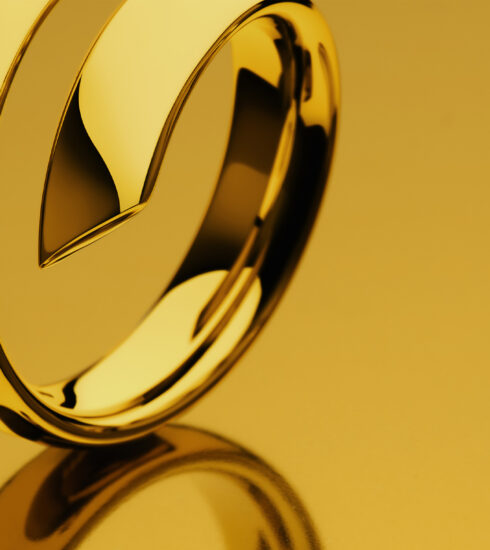Unfortunately not luxurious at all: How Van Cleef & Arpels got itself into trouble
Unfortunately not luxurious at all: How Van Cleef & Arpels got itself into trouble
A Van Cleef & Arpels customer's bad experience is making the rounds online. I clicked through the comments on YouTube and captured the vibe. It offers some valuable lessons.
Left: TikTok screenshot from “mangomoniica” with a damaged Van Cleef & Arpels bracelet.
A Prologue: Luxury in Crisis
There's probably nothing the world's brands fear more than a shitstorm. If the internet population once again finds a reason to get out their pitchforks and torches, it can end very badly for a brand's image. Then, in modern parlance, you're "cancelled." In concrete terms, this means a radical boycott of the brand, dramatic videos on YouTube, Instagram, and TikTok, a flood of angry messages on Twitter—now X—and the general consensus that the brand is now uncool and has abolished itself.
The climate in the luxury world has become harsher. Business and politics worldwide are putting a damper on consumer sentiment. But that's not all. Trust in brands has also declined – not least due to a new awareness of consumers and—dare we say it—an arrogance on the part of leading brands. Recent scandals, most notably the one involving Dior, have seriously damaged the image of the luxury world.
There's talk of inhumane working conditions in so-called "sweatshops" – even in the heart of Europe – inferior materials and massively inflated prices, coupled with ridiculously low production costs – one scandal follows the next. Brands that have been affected and are now a thorn in the side of many disappointed and now former luxury fans include Dolce & Gabbana, Louis Vuitton, Armani, and Fendi.
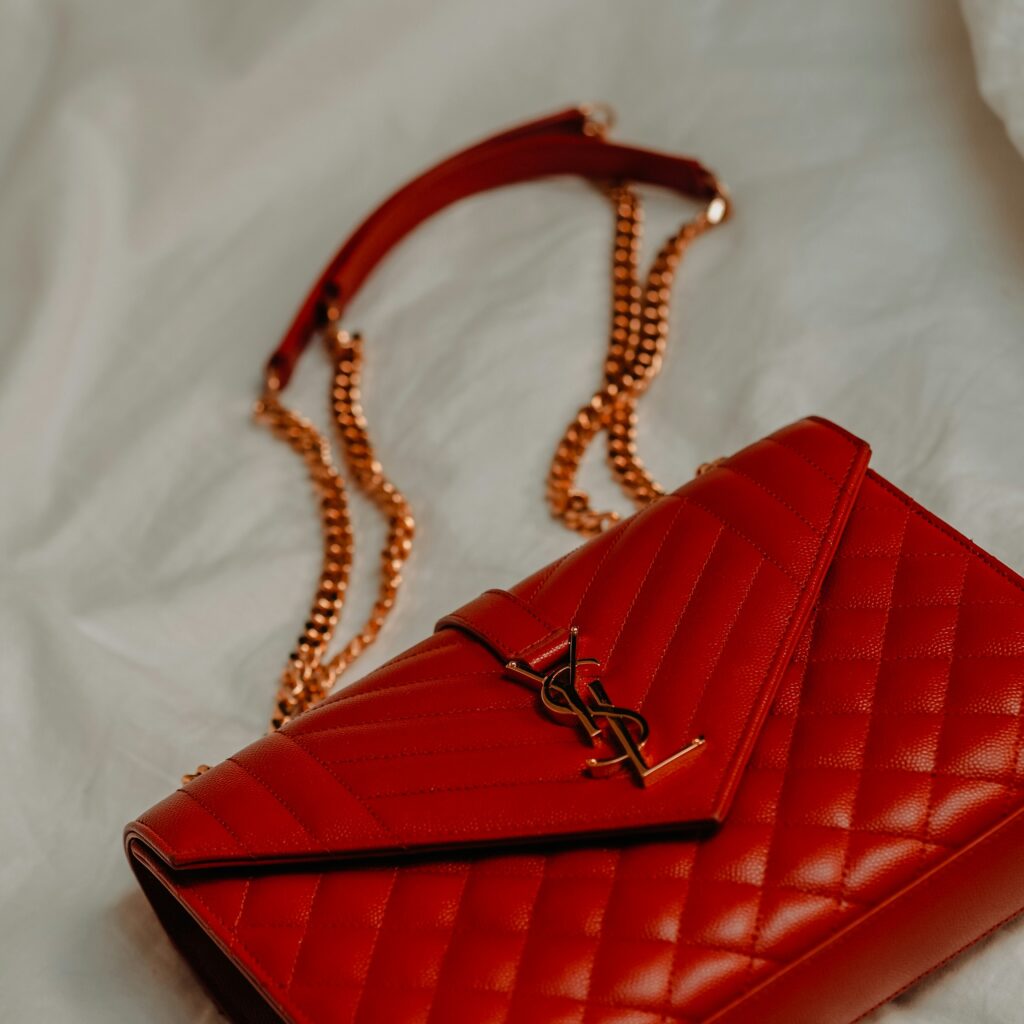
Consumer sentiment: No desire to show off
A shift in thinking has taken place – many consumers of the younger generation now detest luxury goods. It's well known that influencers also lie. Their lifestyle isn't cool because many of them can't actually afford the luxury chic themselves. They go into debt for brand-name products, deliberately choose counterfeits (without revealing this in their content, of course), or secretly return the expensive products after just a few days. Visible logos are also out. Anyone who still walks around wearing Louis Vuitton these days will at most receive disdainful glances. Gen Z knows that anyone who wears visible labels has no money, they're just pretending. So why get involved?
There's a reason why "real" luxury—where it can still be found—mostly dispenses with labels and garish styles. It's simply quiet. Quiet luxury, in other words. This is my impression from my daily private consumer research on social media.
People have a great longing for genuine quality, but they can't find it anywhere anymore, amidst all the mountains of cheap fast fashion and dying luxury labels that have betrayed their trust. So, that's the general mood. But now to the real story...
Van Cleef & Arpels and an angry influencer
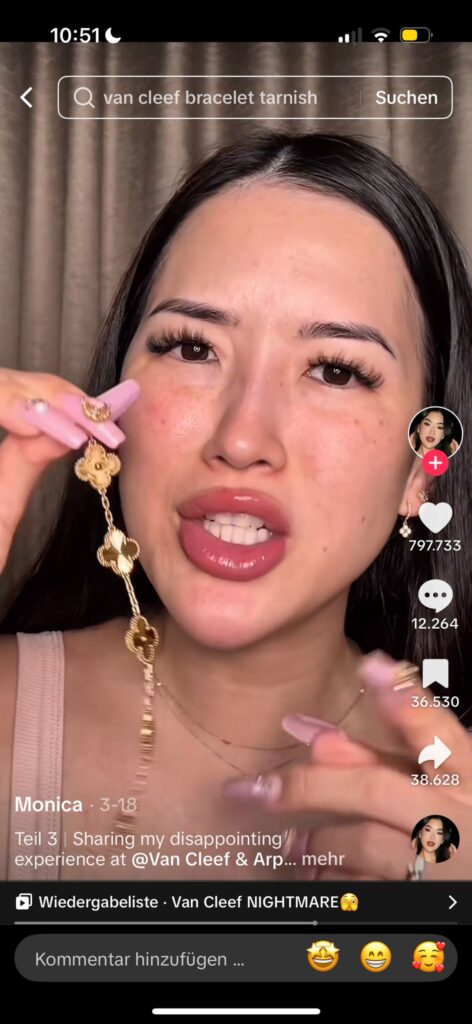
An American influencer named Monica, with over 700,000 followers on TikTok, treated herself to a gold bracelet at a Van Cleef & Arpels boutique. It's the iconic "Alhambra" bracelet with a five-leaf guilloché clover motif. In the US, the influencer paid a hefty $8,000 for this designer piece; here in Germany, the bracelet costs €6,600. That's a lot of money, so you should expect a great product and equally high-quality service. Actually...
Instead, Monica's experience was anything but luxurious. Her angry video begins with clear words. The influencer wants to "de-influence." That means directly discouraging her followers from buying the Van Cleef & Arpels bracelet, advising them against it. "Don't buy from Van Cleef & Arpels!" she says.
What happened? The expensive bracelet has tarnished significantly after only two months of wear. The spots on the surface resemble rust. How can this be? After all, it's 18-karat gold! But more on that later.
First, the influencer brought the bracelet back to the store, where it was cleaned twice in an ultrasonic bath. Afterward, it was even sent to New York for another professional cleaning. When the customer received it back, however, the stains on the clover motif were still visible. And this is where the real problem begins.
No goodwill and arrogant staff
Various German industry insiders I interviewed about this story agree in such a case: goodwill and service are paramount. Neither the customer nor the manufacturer should be required to provide an explanation. The strap or the damaged part should be replaced free of charge.
Unfortunately, Monica had a completely different experience: The store manager refused to acknowledge the existing stain on the bracelet. In a video the influencer recorded during the visit, the manager can be seen explaining that the stain was merely the reflection of a finger in the gold surface.
“The store manager had the nerve to make me feel like I was blind!” laments the influencer.
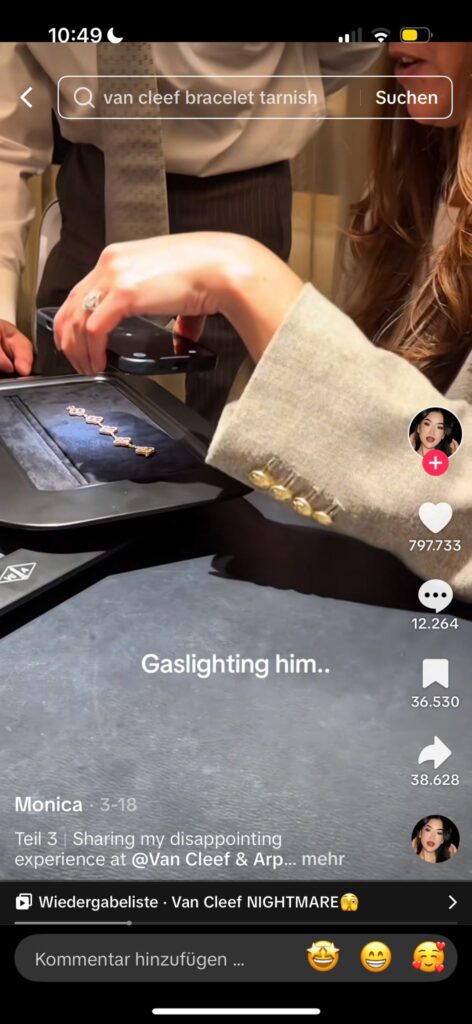
Monica reports that another employee in the store also saw the stains on the bracelet and felt just as uncomfortable with the store manager's behavior as the influencer herself. She accuses the store manager of using her authority to mislead her and the employee present.
The TikToker complains about the attempt to distort her reality, saying, "...to the point where I wanted to cry."
The store refused to provide any further services to the unhappy customer. Their final offer: the entire bracelet could be sent back to New York for professional cleaning—where it had just come from—this time for $180. Or: the damaged cloverleaf motif could be replaced, albeit not for free, but from the already frustrated customer's yellow card.
Monica explains, "I don't stand behind Van Cleef & Arpels. For a bracelet that's already so expensive, I would have expected much more and much better customer service, and much better quality than this!" She emphasizes that the bracelet was still tarnished after cleaning, adding, "...and the store manager acting like she couldn't see it made me feel even worse."
The internet community is angry
When the story first reached me, Monica's complaint video on TikTok had been viewed more than 6 million times – since then, the number has risen to more than 10 million views – and that's just for the original video! Together with the follow-up videos the TikToker has published on the topic, the entire issue has likely reached well over 20 million people.
This means that the frustrating customer experience has now reached a good portion of the internet—even more so when you consider that YouTube channels that love to cover fashion and influencer drama have picked up the story and are spreading it further. The result: the internet is angry!
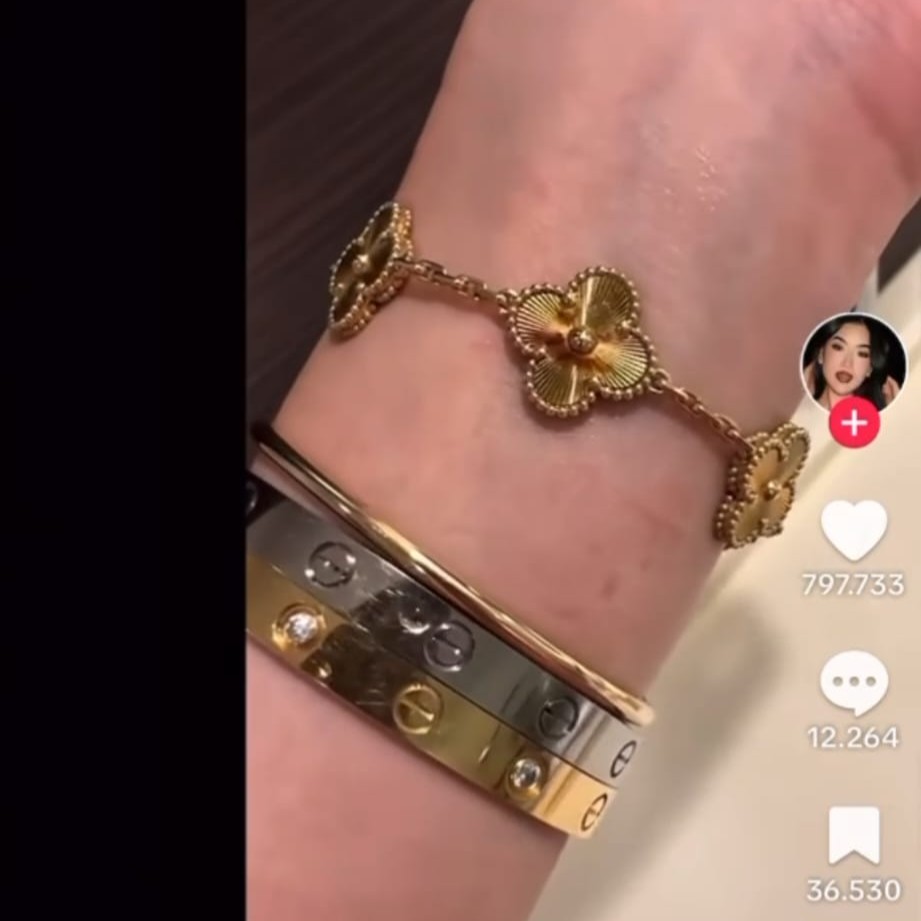

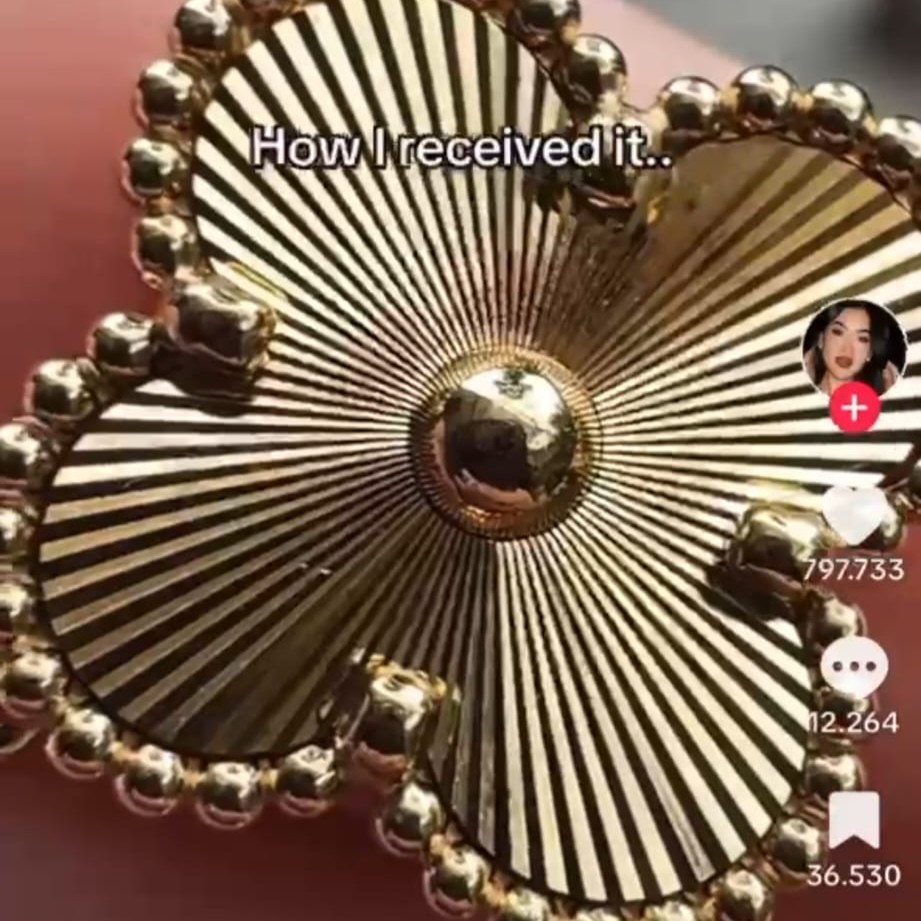
Here we have the infamous torch-and-pitchfork mob I mentioned at the beginning. Van Cleef & Arpels is being bombarded with negative messages on its own TikTok page, including sarcastic comments like, "I have a question: Does my bracelet tarnish after 31 days or after 28?" There's also direct feedback to the brand: "Thanks to Monica, I will never buy anything from you. She saved us a lot of money."
Another comment makes the sentiment clear: "I only came here for the comments. You should just replace this girl's bracelet. I've seen the power of TikTok. [The negative comments] won't stop." Other users go even further, demanding that the store manager responsible should lose her job.
Lost customer trust
Monica tried to solve the problem on her own again and called customer service. She learned from Van Cleef & Arpels that there is no warranty on the "Alhambra" bracelet. This means that if a piece of jewelry or a watch rusts, tarnishes, or suffers any other damage after the 30-day warranty period, it cannot be replaced.
According to Monica, customer service explained that it's up to each Van Cleef & Arpels boutique to decide how to handle such cases. And we know what the boutique thinks in Monica's case. See above: repair or polish out of pocket.
It's truly astonishing. A little from my own personal experience: Almost two years ago, I bought a silver tennis bracelet with zirconia stones from a lifestyle brand. The price was around €200. After just over a year, the delicate drawstring clasp broke. Quite by chance, I got in touch with a jeweler who carries this brand and repaired the bracelet for free—also following the manufacturer's instructions. If the bracelet breaks again, I can have it replaced with a better-made model.
All the jewelers and goldsmiths in my circle whom I have consulted about the Van Cleef & Arpels bracelet are unequivocally of the opinion that the jewelry should have been replaced without delay and at additional expense.
Van Cleef & Arpels has since responded and offered Monica a replacement for the damaged bracelet. However, the frustrated customer declined, preferring a refund as an alternative. The negative experience—fueled primarily by the store manager—apparently left a bitter aftertaste.
Meanwhile, the internet agrees: If Monica's videos hadn't gone viral and so many TikTok users hadn't directly lashed out at Van Cleef & Arpels, the brand probably wouldn't have caved in and reacted.
A fairly certain conclusion: The luxury brand's behavior, which from the outside does indeed appear quite stubborn and arrogant, certainly cost them far more than just the value of the bracelet that needed replacing. Otherwise, the brand would never have received so much negative attention. Whatever you think about influencers, the platform these internet personalities have can actually be useful for restoring a bit of balance to the world when customers feel bullied by expensive brands.
Apology with another faux pas
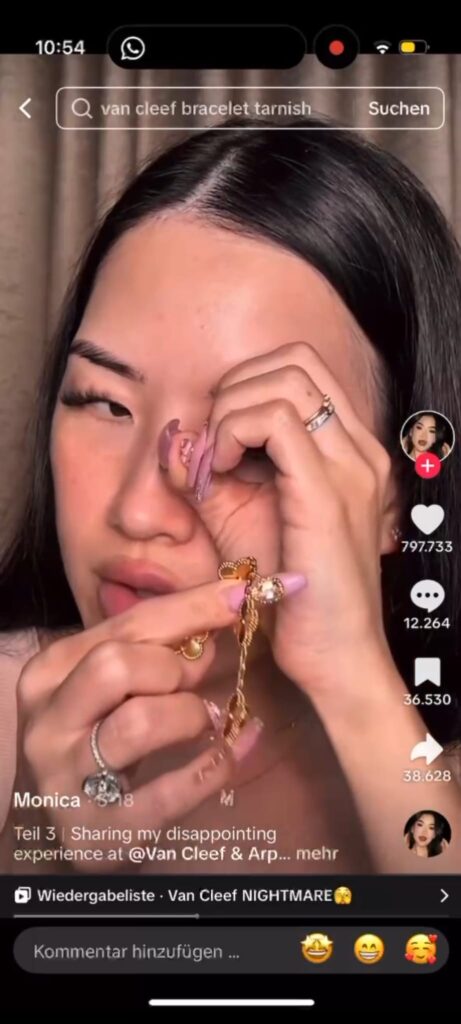
Monica therefore opted for a refund. The Van Cleef & Arpels bracelet was – now, after all, graciously – picked up by a store employee. Perhaps prompted by the backlash from the internet, the boutique gave the TikToker two gifts: an orchid and a thick illustrated book depicting Van Cleef & Arpels' artisanal jewelry-making methods.
Once the internet is angry, it stays that way for quite some time. Van Cleef & Arpels also received ridicule for this move. Influencer Monica now finds a book about the Maison's craftsmanship even more snippy and patronizing – the internet is mocking the book's value. Apparently, the price for the illustrated book, a typical "coffee table book," is likely to be around $35. The community is convinced: Van Cleef & Arpels should have given Monica a different, new piece of jewelry as a gesture, even if she now seems to have completely lost interest in the brand.
The Epilogue: Debate about the authenticity of gold
The story of an outrageously expensive gold bracelet that can tarnish after such a short time has sparked a debate online: Is the "Alhambra Bracelet" actually made of 18-karat gold, or perhaps just gold-plated? Can "real" gold even tarnish? The short answer: Yes, it can. It's still unusual, though.
Monica had the bracelet tested by a jeweler. The result: Yes, the Alhambra bracelet is made of 18-karat gold.
Nevertheless, not all doubts about this piece of jewelry have been dispelled—in fact, quite the opposite: There is still a disagreement in the various comment sections, demonstrating a lack of information about the properties of jewelry and fostering a general distrust among jewelry consumers. New doubts about the quality, meaning, and purpose of jewelry are emerging, which, as an industry insider and jewelry enthusiast, also hurt me a bit.
However, I would like to dedicate a separate article to this topic. See you in Part 2.
All screenshots from TikTok/mangomoniica





